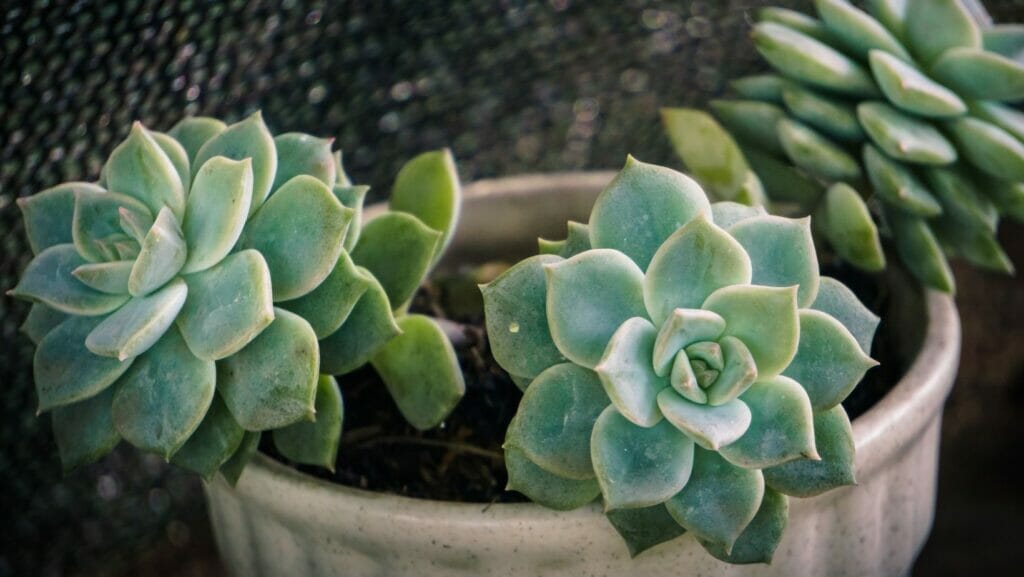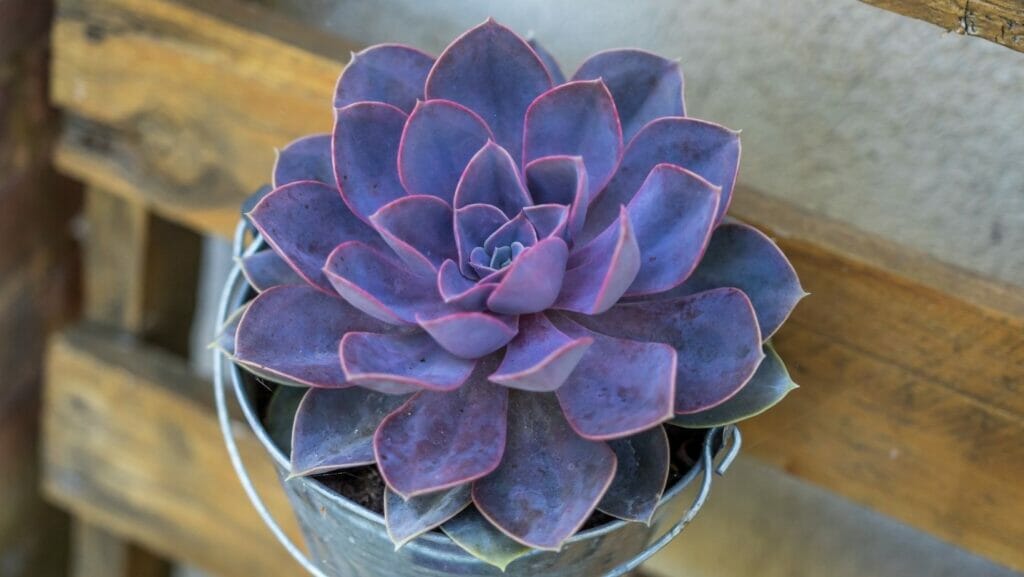
Are you looking to become a plant parent? If you lack the green thumb, perhaps you should get a succulent, as these adorable plants don’t require constant tending.
Just like the rest of indoor greenery, succulents make rooms livelier, cleanse the air, and enhance the décor. They come in various shapes, colours, and sizes to fit every home and are much less demanding than other plant buddies. You can take advantage of indoor succulent plant delivery services from your home, perfect for sprucing up your living room. Choose your selections and ship them to your door. These reliable delivery services ensure your new plants arrive in picture-perfect condition. Whether shopping for yourself or looking for a gift, indoor succulent plant delivery makes it easy to bring greenery into your space. You will find the following information useful if planning to add such greenery to your interior décor.
Do they thrive indoors?
If you have a brown thumb, indoor succulents are the ideal plant buddies to choose. They can thrive on desks and windowsills for years if cared for properly. These plants are highly resilient, meaning they bounce back easily even if you forget to water them or provide them with sufficient sunlight. Regarding care, the process is fairly straightforward. Visit this site, https://homeguides.sfgate.com/care-succulents-indoors-during-winter-66271.html, for some tips on caring for succulents indoors.
Moreover, they require three essentials for survival, water, sun, and proper soil. You need to provide them with a spot that’s sunny, soil that drains well, and occasional watering. Indoor plants always require less water than outdoor ones, as the soil needs more time to dry out. When kept indoors, the size of succulents won’t be as large as those grown outdoors. Nevertheless, they are still incredibly cute, even in tiny containers.
Do they need sun?
A common question that homeowners ask themselves is whether these plants require sun. Since they are native to arid regions abundant with natural light and sun, they need at least six hours of sunlight a day to survive, depending on the type. This information is helpful for providing an optimal arrangement, such as by moving them from the coffee table to the windowsill when sunlight hours are at their peak.
Nevertheless, succulent plant types that have been recently planted can get scorched easily when showered by direct sunlight. Consequently, either indirect or filtered light is ideal for their growth. You need to introduce them gradually to the direct influence of the sun, which speeds up the process of growth and flourishment.
What to consider when buying one?
If you plan to be a responsible plant owner, you should consider several things prior to welcoming a succulent buddy into the family. These considerations include sunlight, water, temperature, humidity, and soil. As already mentioned, six hours of sunlight per day are necessary for these tiny plants to keep growing, except for the newly planted ones to which direct light will be harmful.
Succulents aren’t extremely demanding in terms of watering. The water amount varies in accordance with the season. They ask for more water when the weather is warm, whereas less water is necessary for the cold months. If you hesitate whether to water your plant, try the finger test. Watering is recommended if 1.25 inches of the soil surface is dry. Most importantly, the soil should be dried out completely between watering sessions.
The optimal temperature range is from 60 to 80˚F, while some of these tiny plants can survive temperatures lower than forty degrees Fahrenheit. If you plan to shop for indoor succulents, you should be familiar with the basic care tips. The soil used for such greenery should be well-draining, just like the soil suitable for growing cacti. You can mix regular potting soil with pumice, perlite, or sand to make your own type that’s well-draining. They need no humidity at all because of the risk of rot.
The favourites
The quest for the right indoor succulent can be daunting because of the vast array of such cute plants. For instance, the snake plant Laurentiis is a classic known for its pointed leaves. Homeowners prefer this plant with a snake-like leaf pattern owing to its extreme resilience. It’s capable of surviving without a drop of water for weeks. Although these conditions aren’t the most optimal, the snake plant laurentii can still survive.
Another succulent type with incredible health benefits is the aloe vera. It’s not only appealing but also very practical. Aloe vera is frequently used in skin products due to its healing sap. It relieves sunburns and helps with dry skin. The Jade is another classic indoor succulent with glossy leaves. The miniature size of the leaves and their oval shape look like a cluster and resemble a mini version of a tree. There are several variations to choose from, including the Trailing Jade, Gollum Jade, and Ripple Jade.
Burro’s Tail has the power to make every indoor space livelier. It’s specific and, most importantly, low maintenance. When the Burro’s Tail reaches its full size, it resembles a donkey tail. Since it has long stems, it looks the best when placed in a basket. In contrast, hens and chicks is a succulent that comes in a big pot and can fill empty space in rooms. It consists of the main plant called the hen, which is attached to smaller ones named chicks.
Zebra Haworthia is a common indoor succulent with an exotic appearance. People often confuse it with Aphelandra Squarrosa because they both have leaves with a zebra stripe pattern. It grows up to five inches, but its visually striking zebra pattern creates a lasting impression on visitors.
To sum up
Succulents might be tiny, but the impression they leave is long-lasting.
They look magnificent in every room!
















